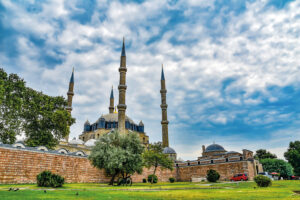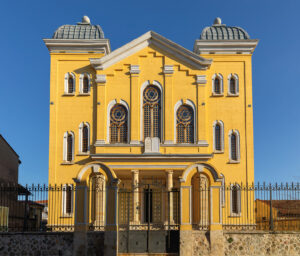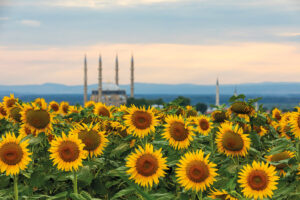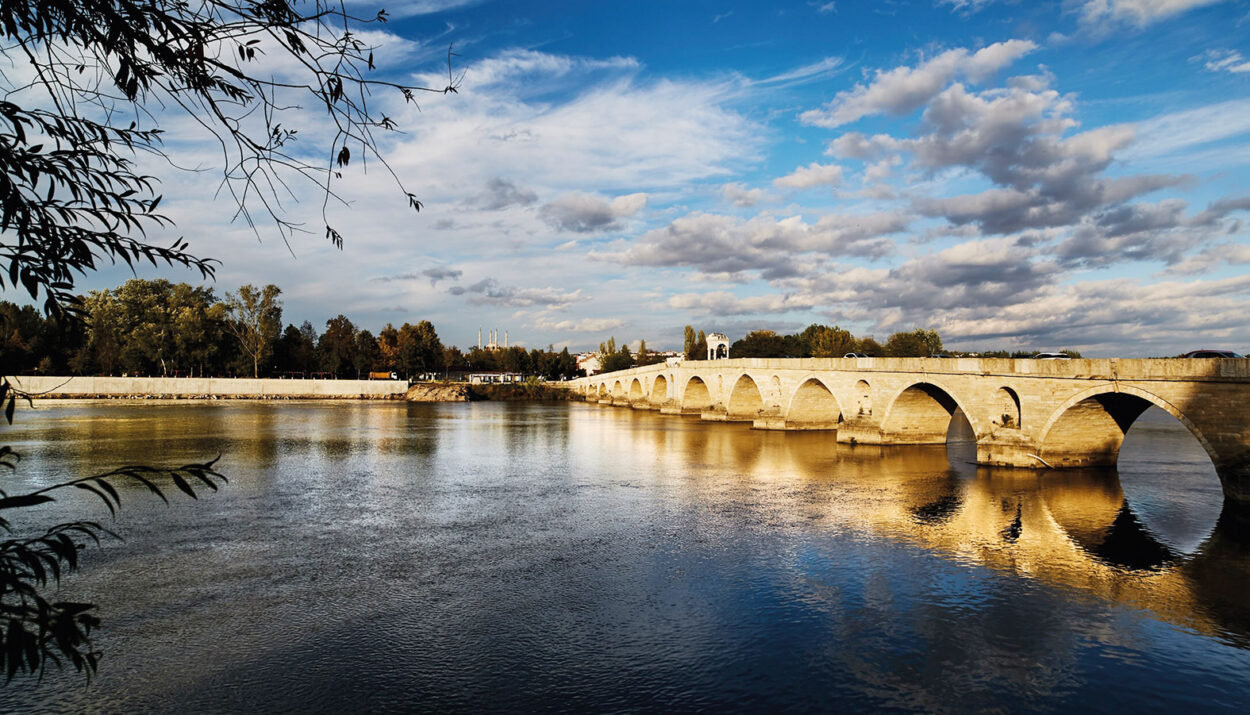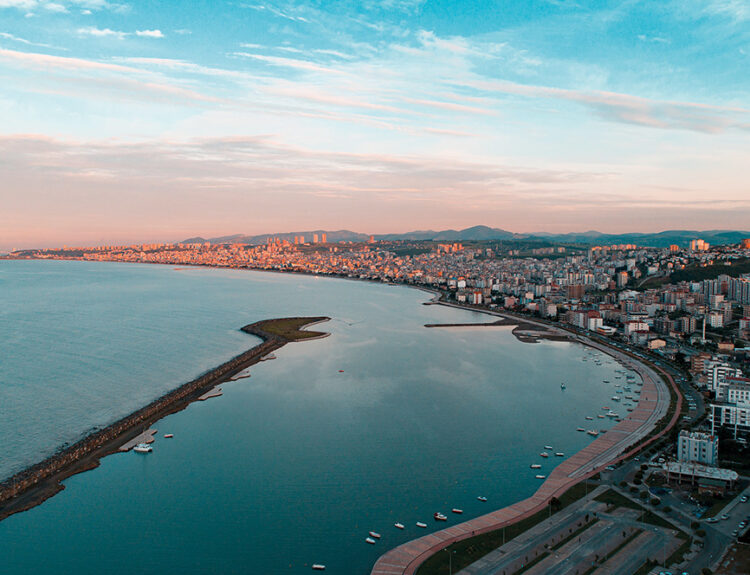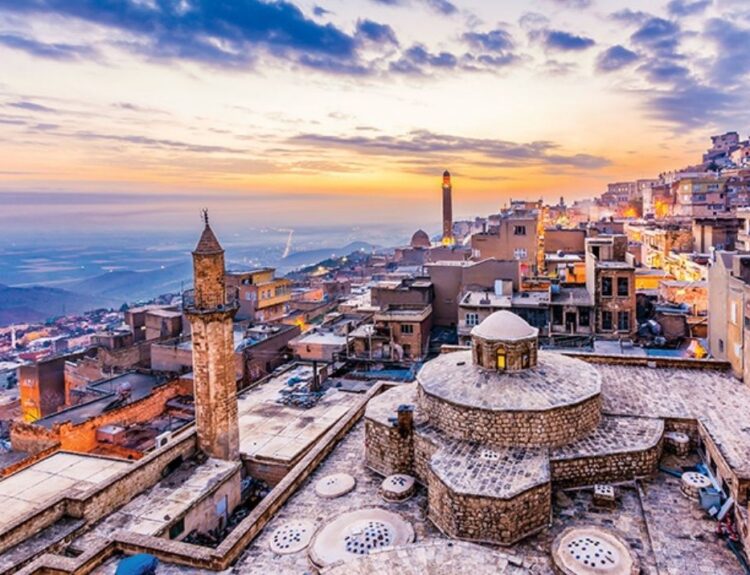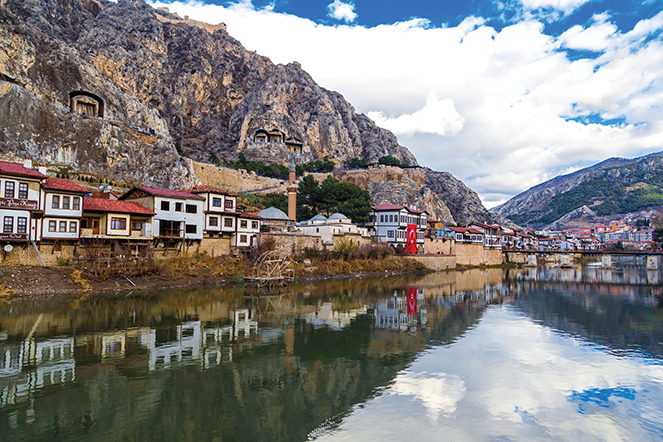Located in northwestern Türkiye, Edirne holds strategic importance due to its geographical position, sharing land borders with Greece and Bulgaria. This characteristic makes the city one of Türkiye’s gateways to Europe. Founded by the Thracians in the 4th century BC, Edirne later came under the rule of Macedonia, Rome, and Byzantium. The city was conquered by Murad I in 1361, marking one of the Ottoman Empire’s first major conquests in Rumelia. This victory accelerated the Ottomans’ expansion into the Balkans. Serving as the administrative and military center of the empire, Edirne remained the Ottoman capital until the conquest of Istanbul in 1453.
During the Ottoman era, Edirne underwent major architectural development, with mosques, palaces, bridges, and complexes built, transforming the city into a cultural and artistic hub. Mehmed II (Fatih Sultan Mehmet) was born here and carried out much of the preparation for the conquest of Istanbul in Edirne. Even after losing its capital status, the city remained the second most important center of the empire, serving as the focal point of Ottoman rule in the Balkans. It was frequently chosen by sultans for military preparations, diplomatic meetings, and state ceremonies.
Edirne’s cultural heritage
Severely damaged during the Balkan Wars, Edirne retained its strategic importance during the Ottoman Empire’s decline. Today, the city boasts a rich cultural heritage, with historical structures that still bear the marks of the Ottomans and reflect its former grandeur. Here are some of Edirne’s most significant cultural landmarks:
- Selimiye Mosque and Complex (1575)
Considered the masterpiece of Mimar Sinan, Selimiye Mosque is the most magnificent structure in Edirne. Built in 1575 by order of Sultan Selim II, the mosque represents the pinnacle of Ottoman architecture with its aesthetic design, intricate craftsmanship, and impressive dome. Recognized as one of the finest examples of Ottoman mosque architecture, it is listed as a UNESCO World Heritage Site.
- Bayezid II Complex and Hospital (1488)
Commissioned by Sultan Bayezid II, this complex was one of the most significant healthcare institutions of the Ottoman Empire. Consisting of a madrasa, mosque, almshouse, and hospital, it now serves as the Museum of Health. Showcasing Ottoman medicine and treatments such as water therapy, the museum is a key part of Edirne’s cultural heritage.
- Üç Şerefeli Mosque (1447)
A landmark in Ottoman mosque architecture, Üç Şerefeli Mosque is named after its three-balcony minaret. The mosque reflects a transitional phase in Ottoman design, incorporating various architectural techniques that later influenced the construction of grand imperial mosques.
- Meriç and Tunca Bridges
Among Edirne’s most remarkable Ottoman-era architectural works are its stone bridges. Meriç Bridge and Tunca Bridge stand as testaments to the engineering prowess of the Ottoman Empire. The view from Meriç Bridge at sunset is particularly stunning, offering one of the city’s most captivating sights.
- Grand Synagogue of Edirne
One of the largest synagogues in Europe, the Grand Synagogue of Edirne was built in 1907. During the Ottoman period, Edirne had a significant Jewish population, and this synagogue was constructed to serve their religious needs. After extensive restoration, it has been reopened for worship and cultural events.
Shaped by the Meriç, Tunca, and Arda Rivers
Edirne, with its predominantly flat terrain, is surrounded by vast agricultural lands and shaped by the flow of the Meriç, Tunca, and Arda Rivers. The region features the characteristic plains of Thrace, with only a few hilly areas. While the northern part of the city is bordered by the Istranca Mountains, most of Edirne consists of low-altitude farmlands. Originating in Bulgaria, the Meriç River flows into Türkiye, passing through Edirne before emptying into the Aegean Sea, making it the city’s most significant water source. One of its largest tributaries, the Tunca River, runs through the city center, creating picturesque landscapes. Another river flowing from Bulgaria, the Arda River, merges with the Meriç, further enriching the city’s natural and agricultural landscape. These rivers not only support Edirne’s agriculture but also contribute to its cultural and touristic charm.
Sunflower fields create breathtaking landscapes in summer
As one of the most fertile agricultural regions in Thrace, Edirne is home to vast and productive plains, including the Meriç Plain, Edirne Plain, and Ergene Plain. The city’s agricultural sector thrives with crops such as wheat, sunflower, rice, and grapes. Among these, sunflowers stand out as a symbol of Edirne, covering the landscape in golden hues during the summer months and creating breathtaking views.
Significant advantages in border trade
Due to its location on the Greek and Bulgarian borders, Edirne holds a major advantage in border trade. Tourists from neighboring countries frequently visit the city, especially for shopping, providing a crucial source of income for local businesses. The increasing traffic at border crossings in recent years highlights the city’s deep connection to trade. Although Edirne does not host large industrial facilities, it has a well-developed network of small and medium-sized enterprises. The city’s economy is largely supported by agricultural proces sing facilities, food production, and textile workshops. Additionally, several organized industrial zones are present in Edirne, and industrial investments have been on the rise in recent years.
A cuisine influenced by both Rumelia and Thrace
Edirne cuisine has a wide range, from Ottoman palace dishes to folk cuisine. The city, which carries the influences of both Rumelian and Thracian cuisines, is particularly famous for its meat dishes and dairy products. Some local delicacies that visitors to Edirne must try include Edirne Liver, almond paste, Kavala cookies, hardaliye, liver sarma, and zerde.
Uninterrupted wrestling since 1361
The Kırkpınar Oil Wrestling, recognized as one of the oldest sports events in the world, has been held annually in Edirne since 1361. It was included in UNESCO’s Intangible Cultural Heritage List and is one of the deepest-rooted traditions in Turkish sports history. The event is organized in a festival atmosphere, with various celebrations, folk dances, and entertainment held throughout Edirne during the Kırkpınar Oil Wrestling. The Kırkpınar Ağa, the sponsor of the event, is one of the most important figures of the organization. Held every year in the first week of July, the Kırkpınar Wrestling brings together wrestlers and spectators from all across Türkiye and abroad. The event continues to be an essential part of Turkish culture, preserving the traditional form of oil wrestling and its legacy from the Ottoman era. Visitors to Edirne can experience this historic atmosphere at Sarayiçi Er Meydanı, where Kırkpınar is held, and feel the spirit of the festival while witnessing the excitement of this ancient martial art.

